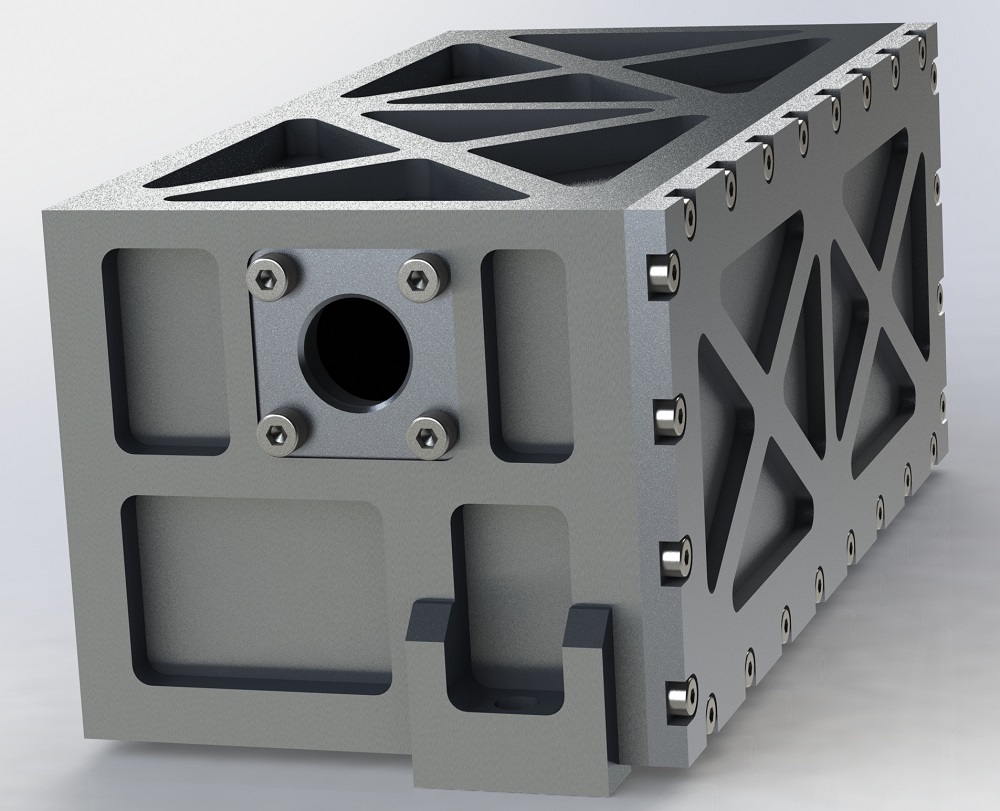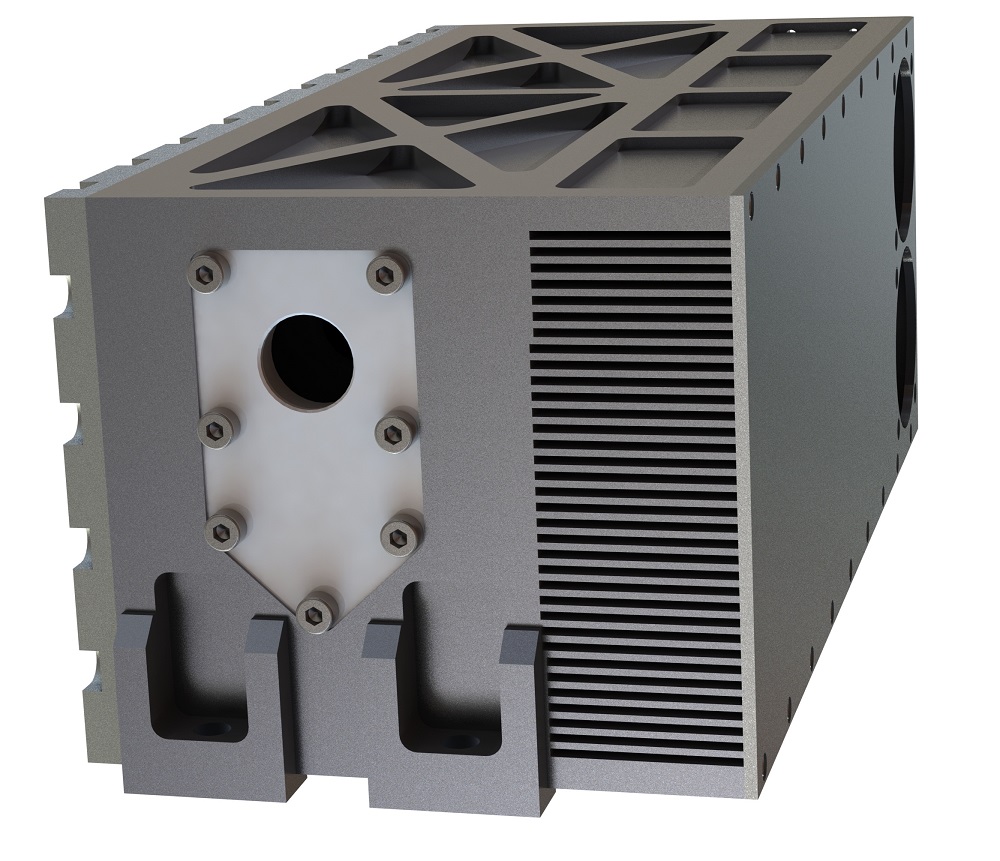Terminal demand drives material prices
China's solar cell output will double year-on-year in 2010
PV companies are still increasing their capacity expansion
The rise in the price of polysilicon from its unprecedented strong demand of downstream solar cell module, according to market research firm iSuppli expects the global PV installed capacity will grow to 14.2GW, 97.2% increase compared with 2009 7.2GW. Reporters from the German Federal Network According to the information released by the Bureau in late July , the country’s newly installed capacity in the first half of this year exceeded 3GW , which is close to the total installed capacity of 3.8GW last year. Corresponding to this, as the world’s largest solar cell producer China's PV production and sales will also be blowouts this year. Zhou Tao, a new energy analyst at Great Wall Securities, told reporters that China's solar cell production will reach 8GW this year, which is double that of 2009 's 4GW ; in the second quarter of this year, solar modules A wave of rising prices appeared.
" Prior to the rise in polysilicon prices, the prices of batteries and modules have begun to rise slightly. " Yuan Qingqing, director of the Corporate Management Center of Jiangsu Greenbower Photovoltaic Co., Ltd., said in an interview with a reporter from China Electronics News, "The serious shortage of production capacity is The main reason for the rise in solar cell prices. " Reporters learned that Chinese PV companies have all pre-sale capacity in this year. In the face of the market demand in short supply, Chinese PV companies have accelerated the pace of expansion of production capacity, according to accounting for Yuan Qingqing introduction to this year. In August , about 300 solar cell production lines with an annual production capacity of 25MW will be put into operation. These are the projects launched last year ; by this time next year, 300 production lines will be put into operation again. That is, the annual production capacity of Chinese PV companies will be An increase of 15GW over the two years from 2009 to 2011 .
The fluctuation of the end product price also affects the upstream segment. Jiang Xingxian, deputy general manager of Changzhou Lingerhui Optoelectronics Material Co., Ltd., told reporters that the prices of silicon wafers and silicon rods have also increased by a certain extent, and finally passed to polysilicon materials. A sales manager at a wafer processing company told reporters that although the current price of polysilicon is still far below the highest price before the international financial crisis, the atmosphere of the market seems to have returned to 2007 .
The increase in the price of polysilicon in its necessity also contains some contingency. According to Jiang Xingxian, Japan’s Mitsubishi’s polysilicon production facilities recently began to suspend maintenance, and Germany’s WACKER also announced that its 2012 production capacity has been sold. These two news provide an opportunity for polysilicon companies to increase their selling prices. “The rise in polysilicon prices is also a process of balance of interests between the photovoltaic industry chain. †Jiang Xingxian said.
Polysilicon imports will still exceed half
â— Polysilicon imports in the first half of the year were comparable
â— More than half of polysilicon is still imported
In 2009, four percent of the global solar cell produced in China; hot PV market this year once again widened the gap between supply and demand of raw material polycrystalline silicon photovoltaic reporter learned that, from January to June this year, total imports of polysilicon to 19,330 tons, has been. Close to last year's imports. Zhou Tao predicted that the second half of this year, battery shipments and the first half flat, while the domestic polysilicon production in the second half will have a certain increase, so the number of imports of polysilicon in the second half will be lower than the first half.
According to Jiangsu Zhongneng Polysilicon Technology Development Co., Ltd. Deputy General Manager Lv Jinbiao said the company in January to May this year produced 5,000 tons of polysilicon, at present, Jiangsu can have more than 1500 tons per month, the company's full-year The goal is to produce 16,000 tons of polysilicon. It is understood that Jiangsu Zhongneng produced 7,500 tons of polysilicon for the entire year, and will double its output again this year.
" This year, China's polysilicon production is expected to hit 30,000 tons. " Lu Jinbin said. Currently, the polysilicon consumption of 1MW batteries is 7 tons to 8 tons, and individual technology-leading enterprises can even reach 6.5 tons. If the consumption is 8 tons According to the calculation of annual output of 8GW /MW , the demand for polysilicon in China's photovoltaic industry will be approximately 64,000 tons this year, and more than half of polysilicon still needs to be imported.
Compared with the international giants, China's polysilicon companies are relatively decentralized, which is very detrimental to the improvement of competitiveness. “ China's polysilicon companies are too small, making it difficult for the capacity expansion rate to meet the needs of the photovoltaic industry. †said Yuan Qingqing, “ A plan capacity is 3000 tons of production lines, usually produce a project can only 1,000 tons a year of production of only 500 to 600 tons, only 300 tons even while European companies tend to ton scale of expansion. "
The price increase will not continue
â— Solar module prices have curbed upward momentum
â— The photovoltaic market maintains high growth and needs to open up new hot markets
However, many people in the industry do not seem to think that polysilicon prices will continue to rise. Lu Jinbiao said that the current price increase is only the fluctuation of polysilicon spot prices, the price of long-term orders has not changed much. Jiang Xingxian also believes that rising is not a long-term trend, he said: “ In July of this year, the polysilicon market price was around RMB 400 / kg, which is now rising by about 10% to around RMB 450 / kg. There is currently no incentive to continue to increase because PV module prices have started to fall. †Zhou Tao also believes that Solar module prices will definitely fall in the third quarter of this year.
The reason why people in the industry are cautious about the market of PV market in the second half of this year is an important reason is that the German government reduced the amount of subsidies for on-grid tariffs from July 1 this year. The enthusiasm of the German PV market in the first half of this year is also largely followed by this A policy is expected to be relevant - under the drive of interests, the enthusiasm of the last train of the German rush policy known for its personality rigority is no less inferior to that of the East. Information published by the Federal Network Agency of Germany shows that in the first half of this year, the application of the solar energy system installation project in Germany a total of 135,000 copies, of which only in June reached 50,000; in addition, from January to May this year, the German solar modules installed capacity of 1.7GW, while the month of June with total installed capacity of just 5 months before quite.
Although most people in the industry believe that the German government still has profit margins after the subsidies are cut, the photovoltaic market will not be affected much in the long run, but the policy's " second boots " has already landed, due to market enthusiasm in the first half of the year. Severe overdraft, the German market in the second half of this year's " fever " is predictable. Fortunately, the photovoltaic market will not rely solely on Germany, the United States, Japan, China's photovoltaic applications are rapidly growing, is expected to become a new hot spot in the photovoltaic market .
Chinese polysilicon companies are also seeking for development outside the photovoltaic industry. “ Electronics †is the goal that many companies are aiming for. In a sense, this is also a “ return †of the polysilicon industry. At present, China’s integrated circuit industry The demand for polysilicon is about 3,000 tons, but since domestic polysilicon production and wafer processing technology cannot meet the requirements of advanced integrated circuit technology, it can only rely on imports. “ At present, Jiangsu Zhongneng’s electronic grade polysilicon products are already Some manufacturers try. We plan to use a production line in the future to produce electronic-grade polysilicon. " Lu Jinbin said.
Coupletech Co., Ltd. supply diode-pumped Pulsed Solid-state laser and passive Q-Switched Pulse Laser models, in particular, athermal diode-pumped Pulsed solid-state Laser 1064nm without temperature control can work from -40℃ to +60℃ and diode-pumped Pulsed solid-state Laser with air-cooling can work from -40℃ to +60℃ for Laser Distance Measuring, and the power is >100mJ for the repetition of 1-100Hz. Passive Q-Switched pulse laser models consist of Mid-infrared laser MP-3200, Eye-safety Laser MP-1570, Infrared laser MP-1064, Green laser MP-532, UV laser MP-355, Deep UV laser MP-266, and these products cover a wide range of wavelengths: 3200nm, 1570nm, 1064nm, 532nm, 355nm and 266nm, with operating temperature of 10 ~ 35℃, the average power is 0 ~ 200 mW for the repetition of 20kHz.
Coupletech's Pulsed solid-state laser has advantage of compact athermal resonator design, no significant warm up time, no power consuming cooling system, no diode technology for increased efficiency and long life performance, no high energy with low beam divergence and Shock and viabration hardened.

Diode Pumped Pulsed,Laser Diode Module,High Power Laser Diode,Diode Pumped Laser,Eye-safety Laser
Coupletech Co., Ltd. , http://www.coupletech.com